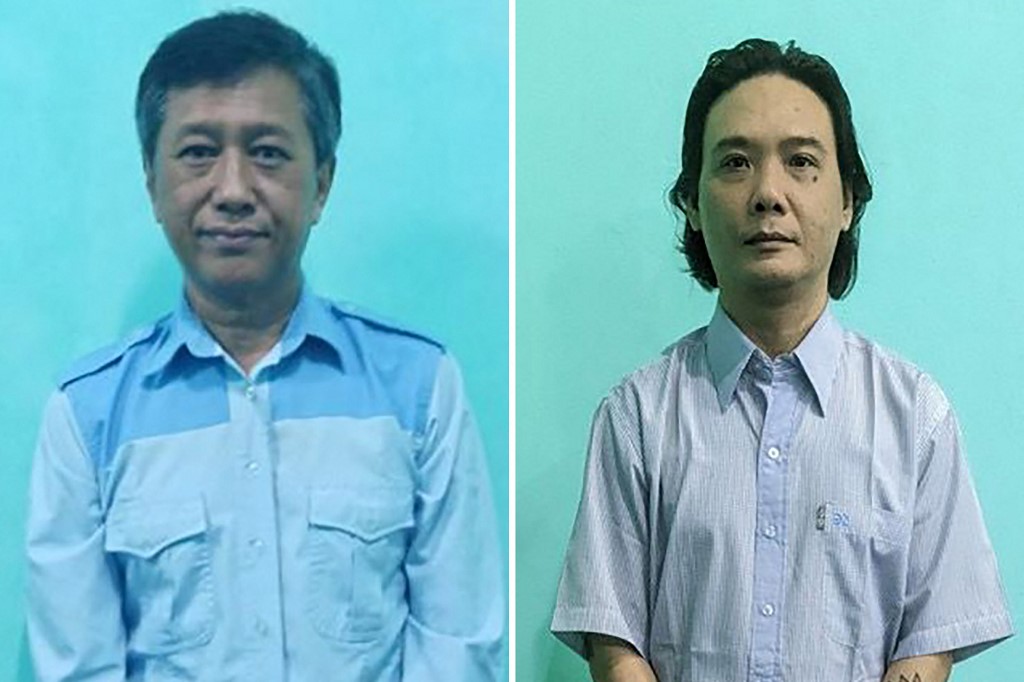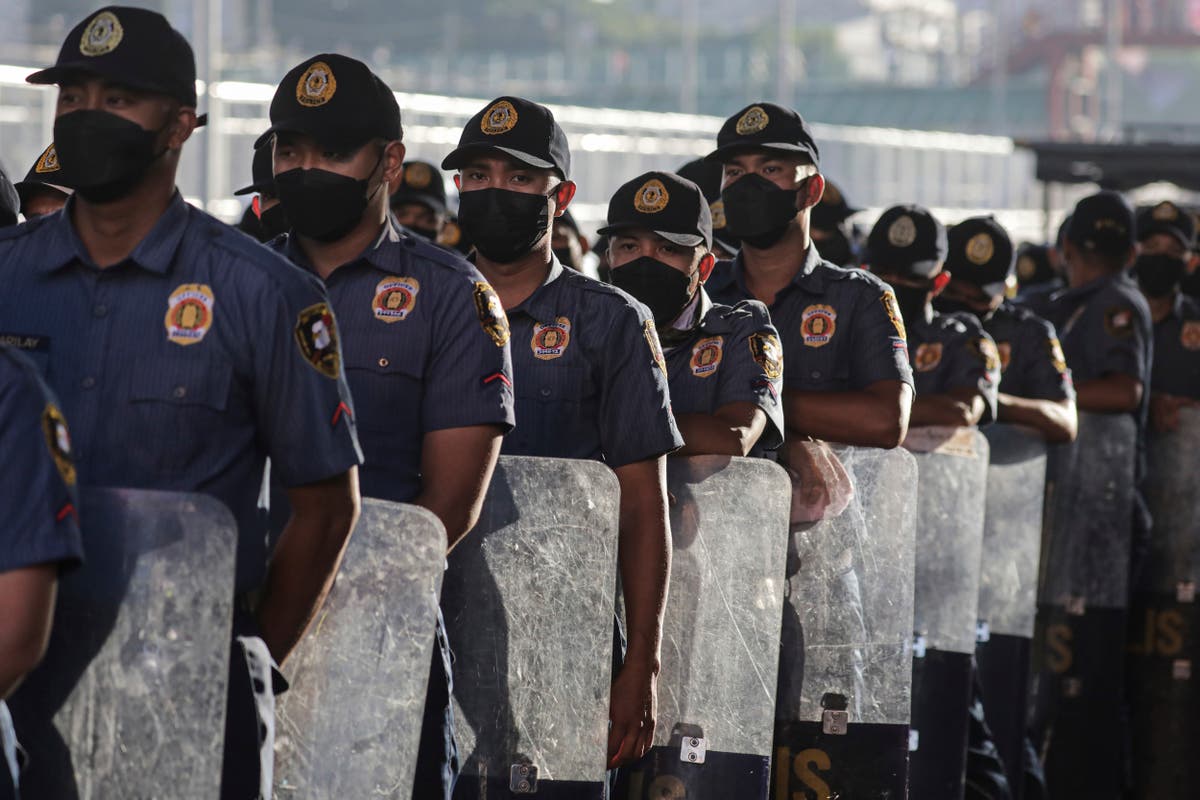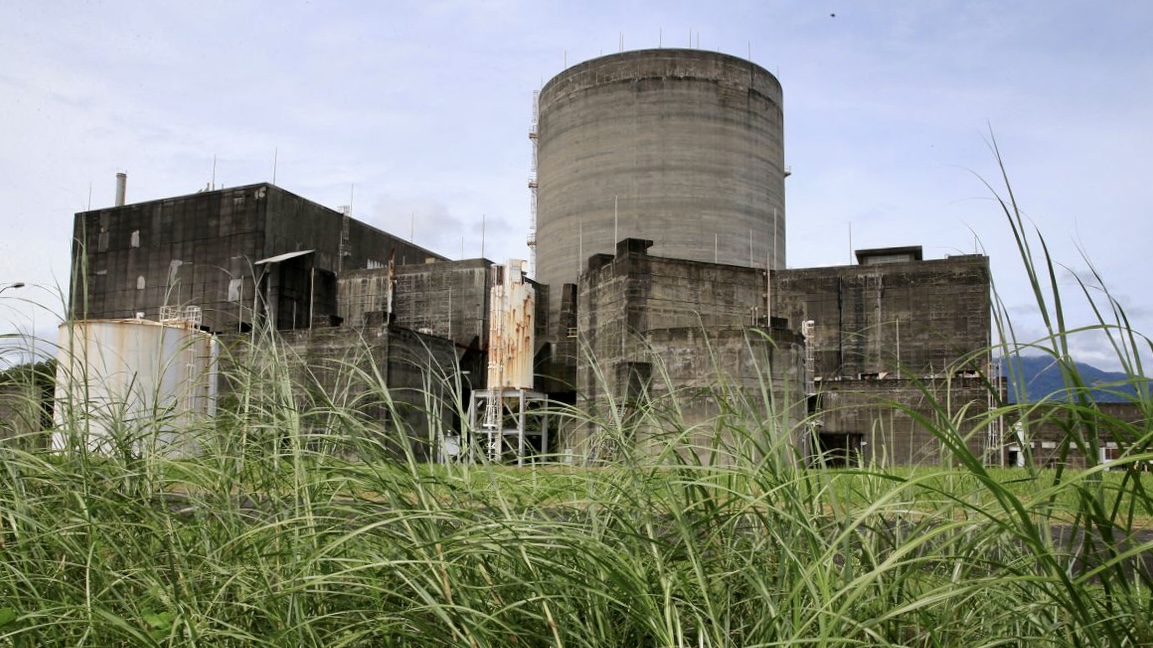[ad_1]
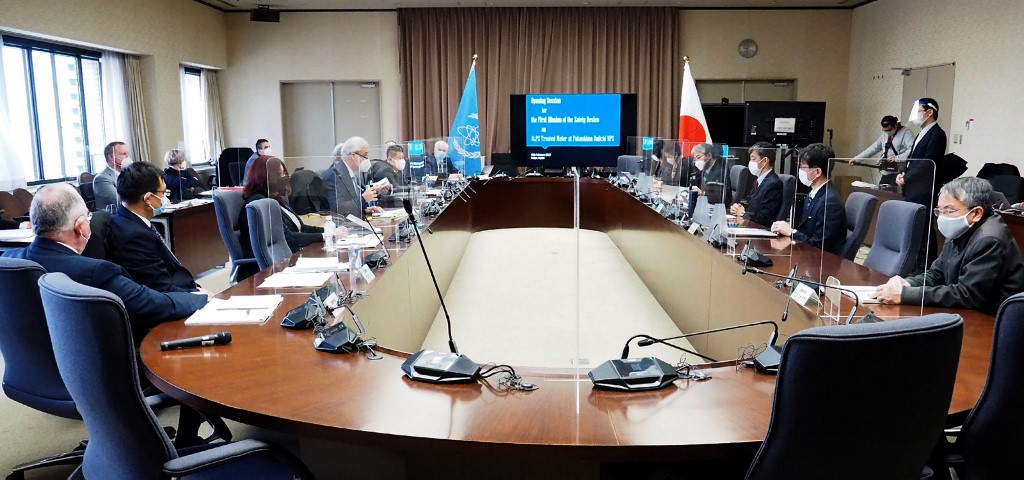
TOKYO, Japan (AFP) – An Worldwide Atomic Vitality Company taskforce started a mission Monday in Japan to evaluation the controversial deliberate launch of handled water from the Fukushima nuclear plant into the ocean.
Greater than 1,000,000 tonnes of processed water has gathered in tanks on the crippled plant because it went into meltdown following a tsunami in 2011 and cupboard space is working out.
An in depth pumping and filtration system removes most radioactive parts, and Japan says the plan to dilute and launch the water over a number of many years is protected.
The IAEA has endorsed the discharge, which it says is much like the disposal of wastewater at nuclear vegetation elsewhere.
However the plan adopted by the federal government final April, which is anticipated to start as quickly as March 2023, sparked ire from neighbouring international locations over environmental and security issues.
It additionally generated fierce opposition from native fishing communities, who concern it can undermine years of labor to revive confidence of their seafood.
Plant operator TEPCO and the Japanese authorities are hopeful that IAEA monitoring of the method will increase confidence.
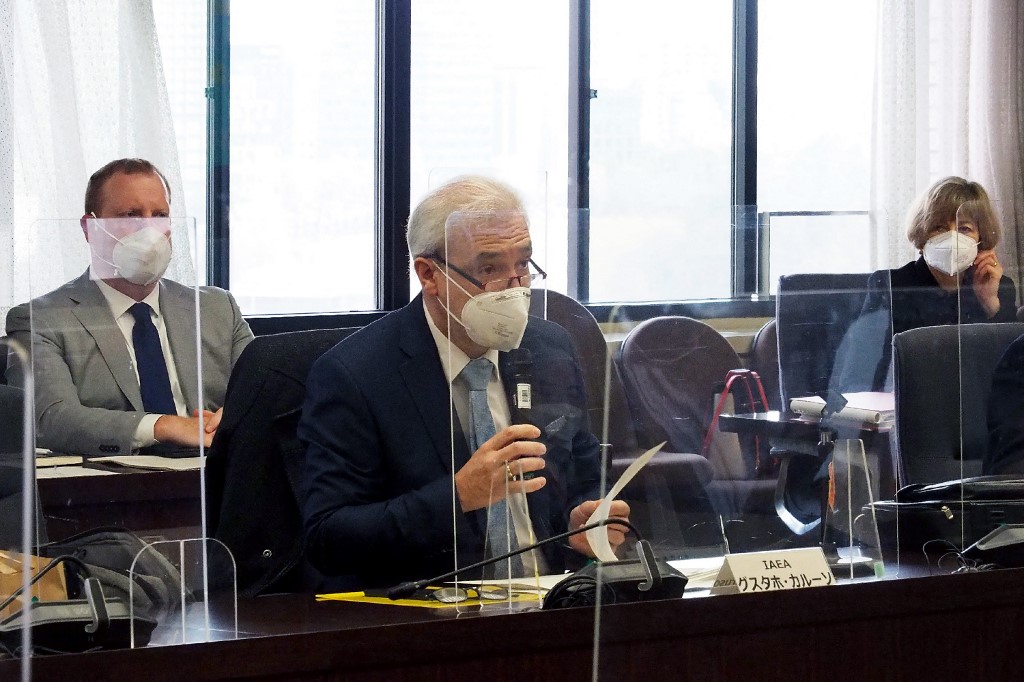
“This week we are going to conduct a mission to evaluation the motion, plans, information, and related paperwork, to evaluate their compliance in opposition to the provisions included in worldwide security requirements,” stated Gustavo Caruso, director and coordinator of the IAEA’s nuclear security and safety division.
He stated the taskforce could be scrutinising parts together with the “radiological characterisation of the water to be discharged” and as effectively the affect on folks and the surroundings.
TEPCO’s chief officer for the handled water administration, Junichi Matsumoto, stated the agency was already learning infrastructure design and operations for the discharge plan “with the precedence on security and in addition to include the affect on the area’s fame.”
“We hope to additional enhance the objectivity and transparency of this course of via this evaluation,” he added, at a gathering with IAEA and Japanese authorities officers.
Debate over the best way to deal with the water has dragged on for years, as house to retailer it on the website runs out, although some critics have advised there could possibly be methods to retailer extra water till a brand new plan is devised.

The liquid consists of water used to chill broken reactors, in addition to rain and groundwater that seeps into the realm.
The filtration course of removes most radioactive parts from the water, however some stay, together with tritium.
Consultants say the factor is barely dangerous to people in giant doses and with dilution the handled water poses no scientifically detectable danger.
The IAEA workforce can be in Japan February 14-18 and can go to the plant website and provides a press convention on the finish of their journey.
© Agence France-Presse
[ad_2]
Source link

